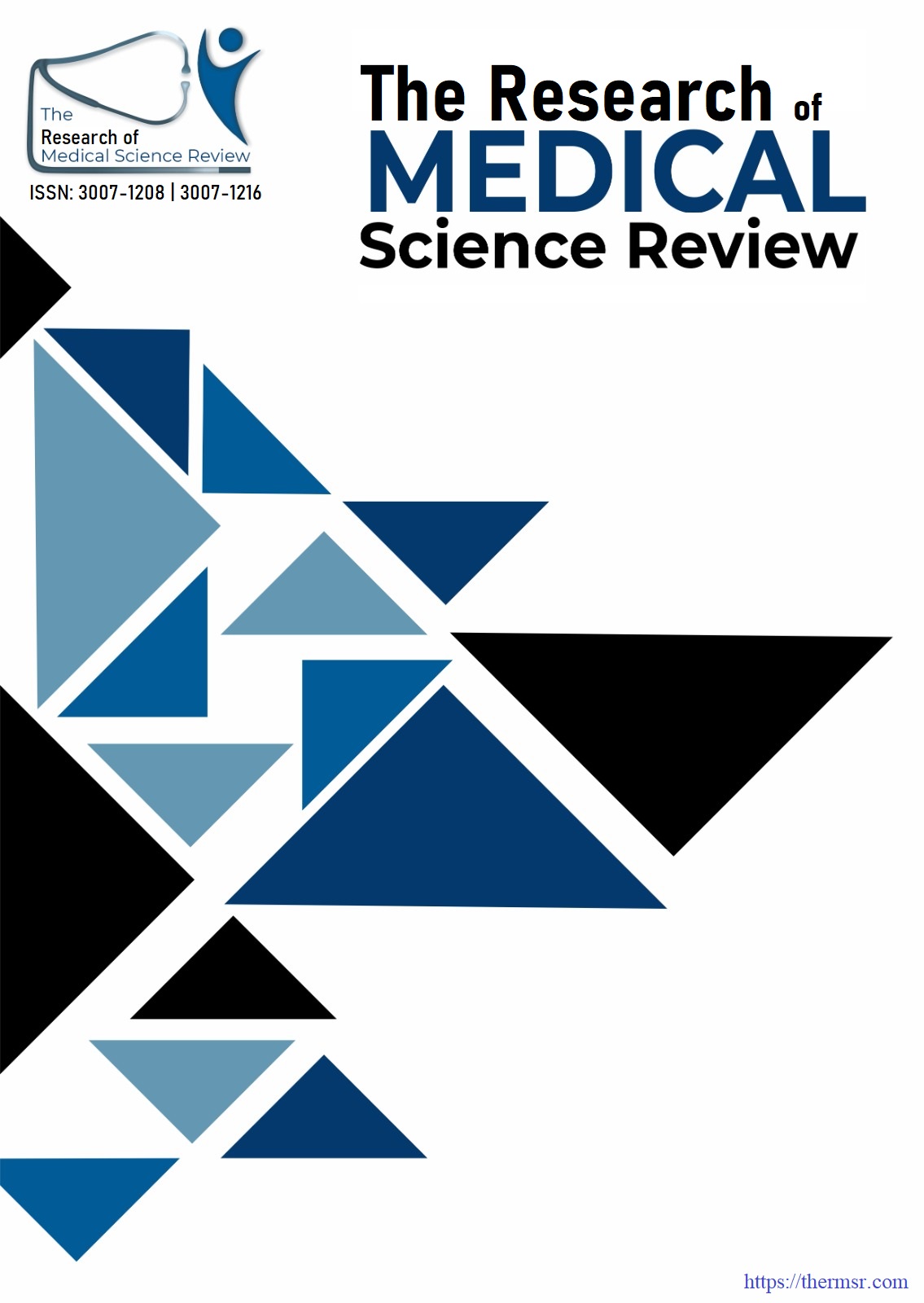HEMOGLOBINOPATHY PROFILE AND ASSOCIATED HEMATOLOGICAL AND BIOCHEMICAL MARKERS: A TERTIARY CARE HOSPITAL EXPERIENCE
Keywords:
Anemia, Beta-thalassemia, Biochemical markers, Hemoglobinopathies, Sickle cell disease, Tertiary careAbstract
Background: Hemoglobinopathies, including sickle cell disease (SCD) and thalassemia, are common inherited blood disorders that pose significant health challenges globally, particularly in regions with high consanguinity and malaria prevalence. These disorders are characterized by abnormalities in hemoglobin production, leading to a range of clinical manifestations, including anemia, organ damage, and frequent blood transfusions. Objectives: The aim of this study was to investigate the hemoglobinopathy profile and associated hematological and biochemical markers in patients admitted to a tertiary care hospital. Study Design & Setting: This was a cross-sectional study conducted at at Shaikh Zayed Hospital Lahore involving 120 patients diagnosed with or suspected of having hemoglobinopathies. Data were collected from patient records over a period of one year. Methodology: The study included demographic data, hematological tests (hemoglobin electrophoresis, complete blood count, reticulocyte count), and biochemical markers (serum ferritin, iron levels, TIBC, liver enzymes). Data analysis was performed using SPSS version 26. Descriptive statistics were used to summarize the findings, and associations were analyzed using appropriate statistical tests. Results: The most prevalent hemoglobinopathy was beta-thalassemia (33.3%), followed by sickle cell disease (28.3%). The mean hemoglobin level was 9.4 ± 2.3 g/dL, and MCV and MCH values were lower than the normal range. Biochemical markers indicated elevated ferritin levels, suggesting iron overload in certain cases. Conclusion: The study highlights the high prevalence of hemoglobinopathies, particularly beta-thalassemia and sickle cell disease, in the study population. Regular screening, early detection, and comprehensive management are crucial for improving patient outcomes.
Downloads
Downloads
Published
Issue
Section
License

This work is licensed under a Creative Commons Attribution-NonCommercial-NoDerivatives 4.0 International License.















